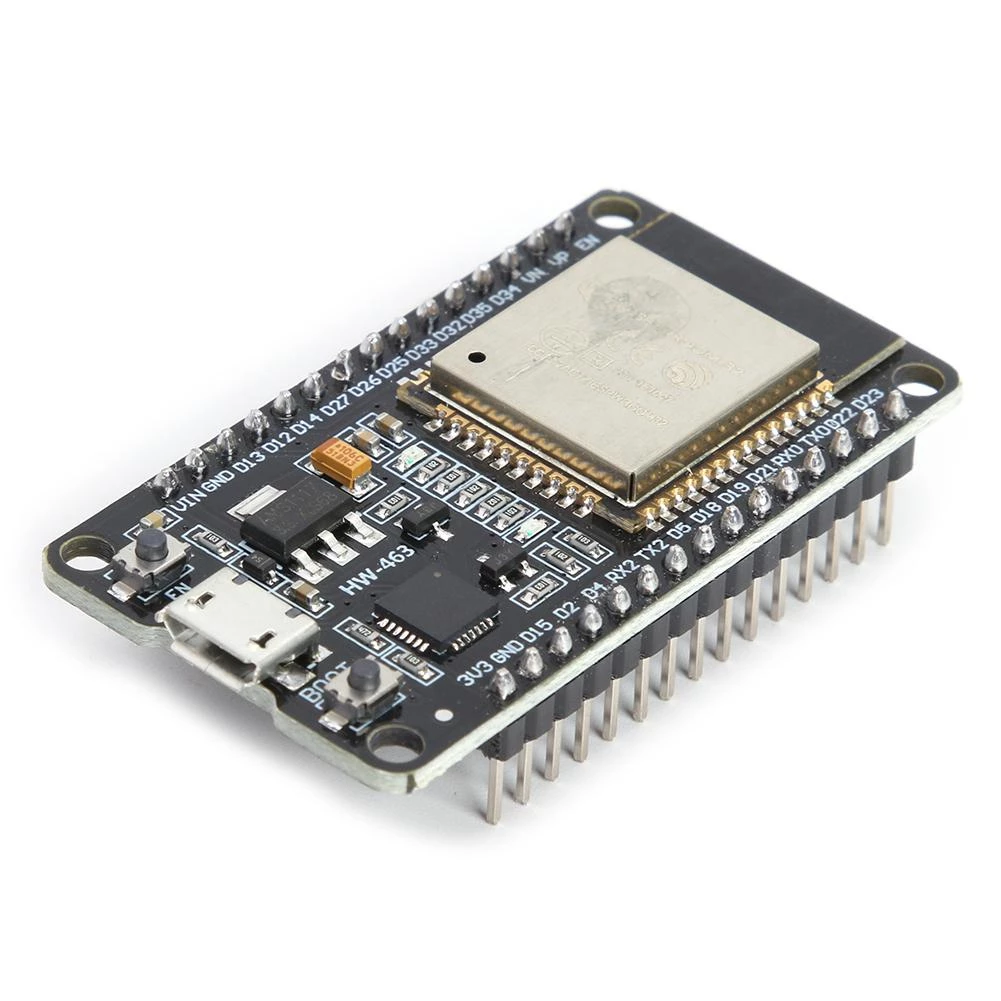Control an IR Remote AC Using ESP32 and Home Assistant
Control an IR Remote AC Using ESP32 and Home Assistant
Ever wished your dumb air conditioner could join your smart home party? I did—especially during a heatwave when I realized I’d left the AC on full blast while away. Enter the ESP32, a $5 microcontroller that (with some tinkering) can emulate your AC’s IR remote and integrate it into Home Assistant. Here’s how I did it.
What You’ll Need
- Hardware:
- ESP32-DevKit board: Buy it here
- IR receiver/sender module VS1838B + IR LED: Buy it here
- Breadboard and jumper wires
- USB cable for power/flashing
- Software:
- Home Assistant (installed and running)
- ESPHome (via Home Assistant Add-on)
Step 1: Capture Your AC’s IR Codes
First, we need to “learn” the IR signals from your remote.
- Wire the IR receiver to the ESP32:
- Connect the receiver’s
VCCto3.3V,GNDtoGND, andOUTto GPIO pin 4 (or any free pin).
- Connect the receiver’s
- Flash ESPHome with IR capture:
# Example ESPHome config for IR capture esphome: name: ir_capturer esp32: board: esp32dev wifi: ssid: "YOUR_WIFI" password: "YOUR_PASSWORD" logger: api: remote_receiver: pin: GPIO4 dump: raw - Upload and monitor logs:
- In ESPHome, click Install → Upload Serial. Point your AC remote at the receiver and press a button (e.g., “Power On”).
- You’ll see raw code arrays like:
Received Raw: -1234, 567, -890, ...
- Repeat for all commands (Power Off, Temp ±, Fan Speed, etc.).
Step 2: Emulate IR Signals with ESP32
Now, reconfigure the ESP32 to send IR signals.
- Rewire for IR transmission:
- Replace the receiver with an IR LED: anode to
GPIO5(via a 100Ω resistor), cathode toGND.
- Replace the receiver with an IR LED: anode to
- Update ESPHome config:
remote_transmitter: pin: GPIO5 carrier_duty_percent: 50% climate: - platform: infrared name: "Living Room AC" supports: - heat - cool codes: # Paste raw codes from Step 1 power_on: "raw:-1234,567,-890,..." power_off: "raw:-4567,890,-123,..." cool_28c: "raw:-7890,123,-456,..." - Flash and validate:
- The ESP32 should now respond to Home Assistant climate commands by blasting IR signals at your AC.
Step 3: Integrate with Home Assistant
After flashing:
- Auto-discovery: ESPHome should automatically add the
climateentity to Home Assistant. - Create a dashboard:
# Example Lovelace card type: thermostat entity: climate.living_room_ac - Automations (Bonus!):
# Turn off AC when no one’s home automation: trigger: - platform: state entity_id: person.your_name to: "not_home" action: - service: climate.turn_off target: entity_id: climate.living_room_ac
Troubleshooting
- No IR signal detected?
- Check wiring and GPIO pins.
- Use a phone camera to verify the IR LED is blinking (it’ll show faint purple light).
- Partial commands?
- Ensure raw codes are captured fully. Some remotes send multiple signals per press.
- Home Assistant not seeing the device?
- Restart ESPHome and check
logs→esphomein Home Assistant.
- Restart ESPHome and check
FAQ
Q: Can I control multiple ACs?
A: Yes! Use separate GPIO pins/IR LEDs and duplicate the climate block in ESPHome.
Q: Will this work with any IR AC?
A: Most standard IR-controlled ACs are supported. Exceptions: Proprietary protocols (e.g., some Daikin models).
Q: How’s the range?
A: ~5 meters. For longer distances, use multiple ESP32s or a stronger IR LED.
Next Steps
- Add temperature sensors (like the Xiaomi Mijia) for feedback loops.
- Explore Zigbee2MQTT for other devices (tutorial here).
Now go forth and never sweat over a forgotten AC again! 🎉

